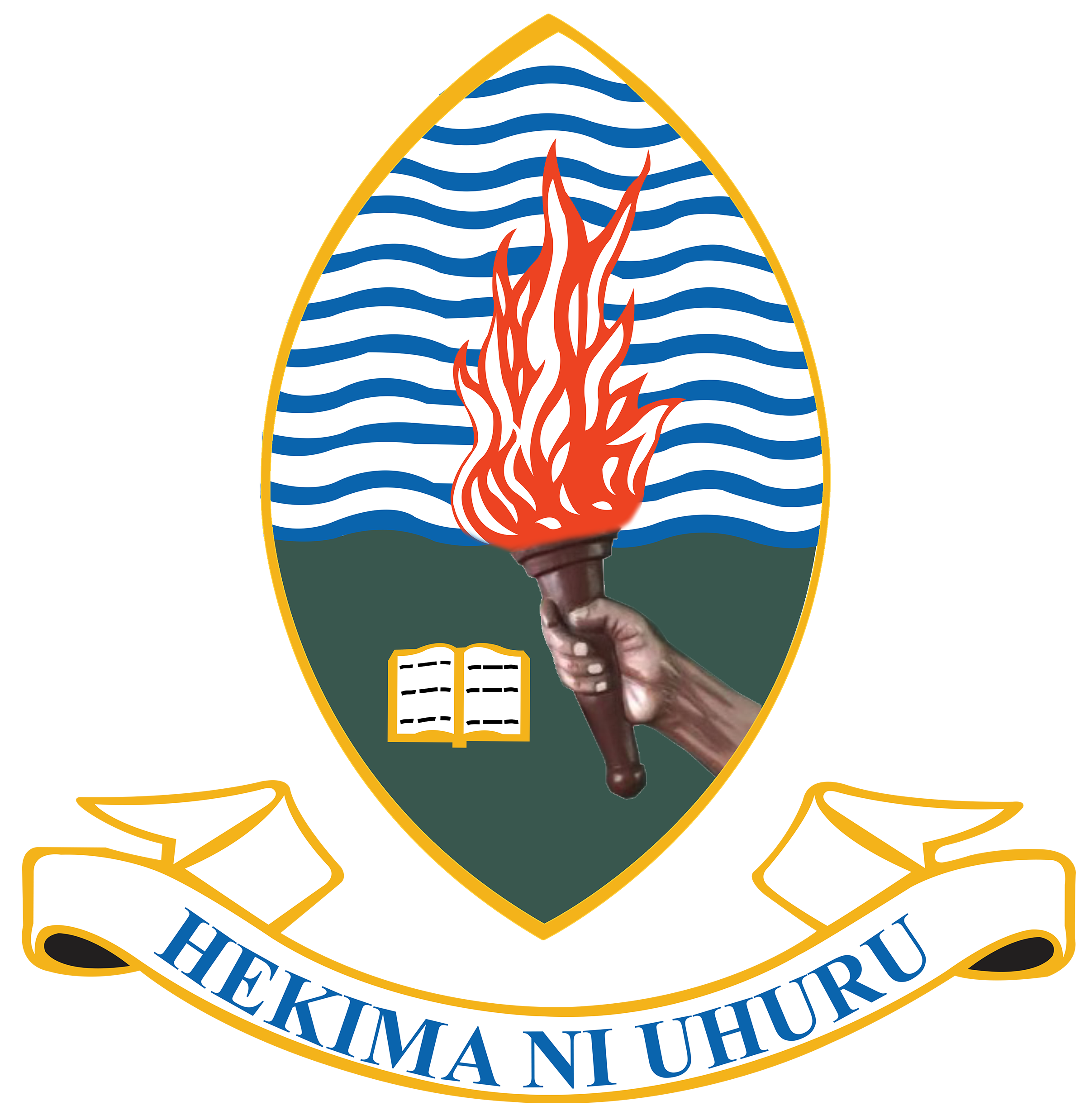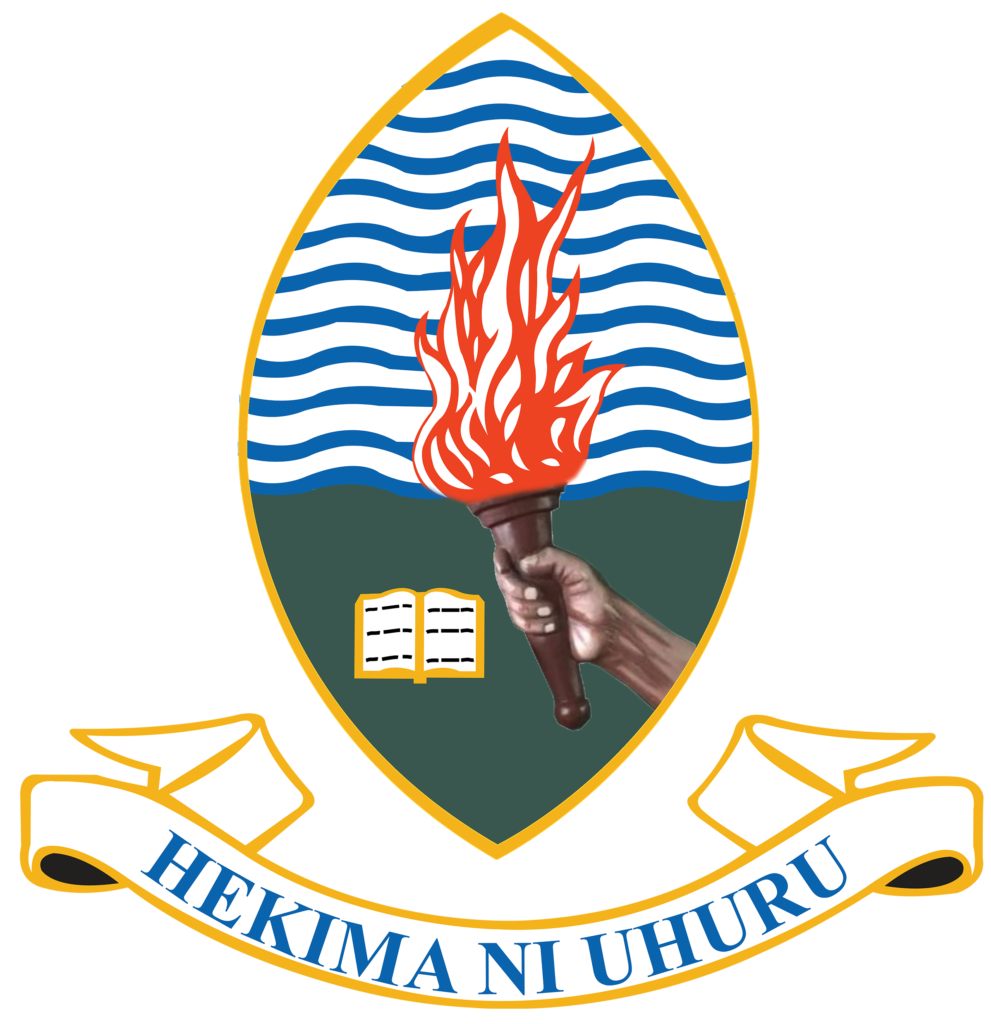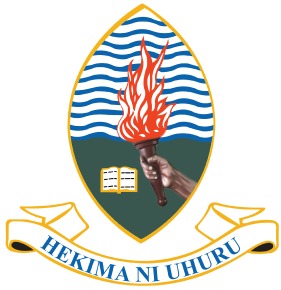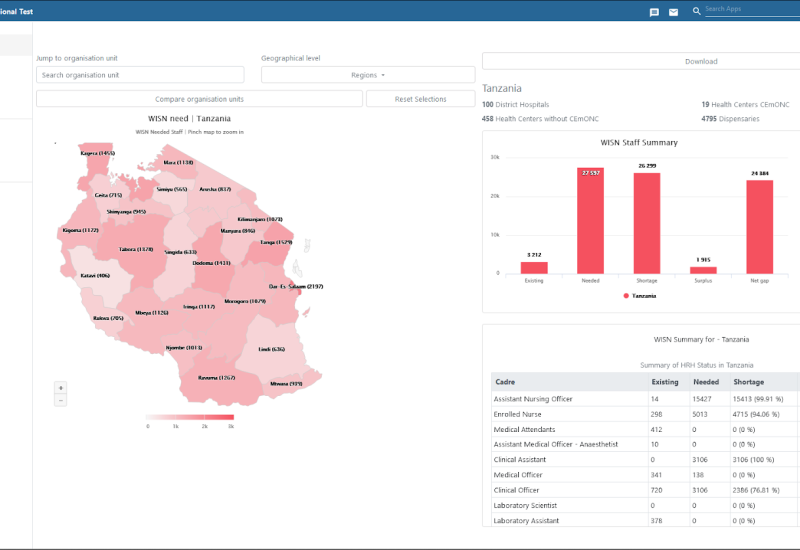Workload Indicators of Staffing Needs plus Prioritization and Optimization Analysis (WISN+POA) are data-driven tools developed by WHO and Touch Foundation respectively, to assist relevant authorities (Local Government Authorities(LGAs), Ministries, etc.) in prioritizing and allocating, distributing, and redistributing HRH employees to various cadres to health facilities based on priorities and actual HRH demand. WISN was created to measure the service delivery workload using routinely gathered data and well-established workforce standards. POA uses WISN output reports for effective prioritization and optimization. However, Health secretaries used to utilize these tools in excel format and without being integrated with other data source systems. The University of Dar es Salaam DHIS2 Lab customized the Digital WISN+POA tool using the DHIS2 platform, which includes capabilities such as the ability to run all required WISN+POA reports, aggregate staff requests, set ceilings to assign personnel per LGAs, and allow LGA users to distribute staff via POA procedures. Indicators were configured in DHIS2 to handle intense WISN+POA calculations and reports. For sustainability, digitization enabled integration with other national systems in health and Human Resource Systems. The tool was implemented as a DHIS2 plug-n-play application.




